Tiger game.com
Top 10 Best Tiger game.com Games of All Time!
Tiger Electronics was the king of low-end handheld LCD video games, but the game.com was their first real attempt to compete directly with the Game Boy. The system boasted many innovative features – including PDA applications, Internet functionality, and a touchscreen. (Keep in mind that the system was released seven years before the Nintendo DS.) Although the system sounded amazing on paper, most of its features were half-baked and altogether pointless. Unfortunately, its games also looked better on paper than they did in real life. Tiger was able to secure licensing rights to many of gaming’s biggest franchises. Sonic, Resident Evil, Duke Nukem, Mortal Kombat, and even Fighters Megamix were all given game.com treatments. A quick glance at this list should tell you everything you need to know about how well most of those ports turned out. The term “great” is relative, and we’re definitely grading on the curve when it comes to the Tiger game.com. With only 20 titles in its library, half of the system’s games are being highlighted on this list. Despite its setbacks, the Tiger game.com was on store shelves for as long as the Dreamcast was. Let that sink in.
10
Batman & Robin
1997
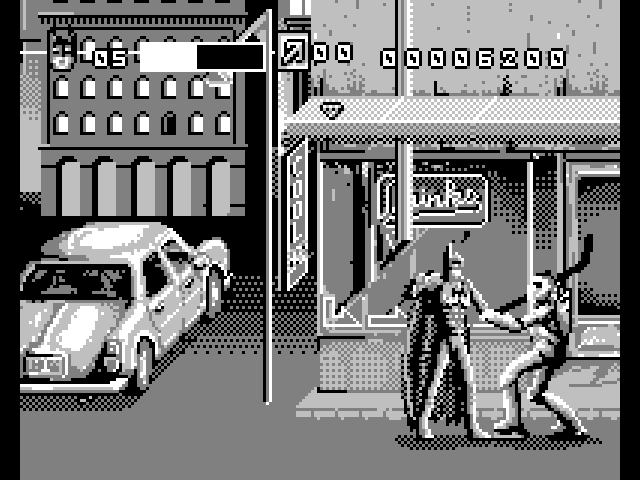
Batman & Robin is one of the most surprising games on this countdown. It isn’t amazing by any stretch of the imagination (and I certainly wouldn’t recommend going out of your way to play it), but the fact that it’s not objectively bad is reason enough for me to mention it on this list. A straightforward side-scrolling action game that feels like a more primitive version of Shinobi, Batman & Robin allows you to patrol the streets of Gotham and kick the shit out of criminals. Prior to each stage, players choose from an array of gadgets that includes grappling hooks, bat-a-rangs, gas grenades, and even ice skates! (The developers were clearly fans of the film.) The action is repetitive, but it probably won’t be too big of an issue since the screen blur makes it difficult to play for any length of time. All things considered, Batman & Robin is much better than I was expecting. Suit me up, Uncle Alfred!
9
Resident Evil 2
1998
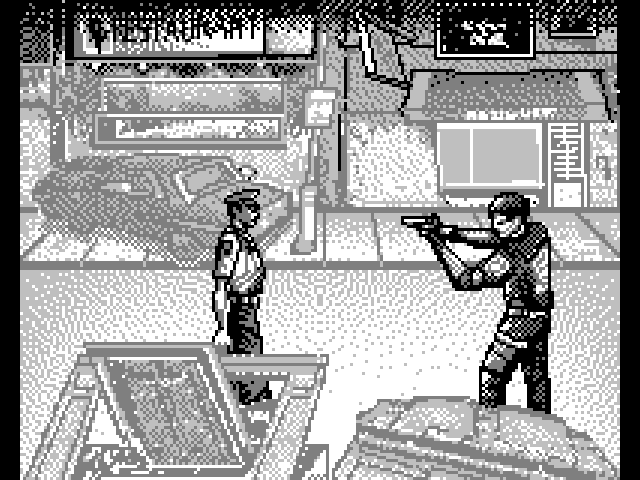
Tiger Electronics obtained countless licenses for their line of LCD handheld games, and this business model carried over to the game.com. A game like Resident Evil 2 helped create the illusion of third-party support on the game.com, but Tiger simply bought licensing rights from Capcom and ported the game themselves. The game.com wasn’t well-suited for 3D adventure games, but Resident Evil works surprisingly well due to its slow pacing. The graphics have a lot of detail, and the sprites are especially impressive. The game is light on story, but the puzzles and environments made me feel nostalgic at times. I’ve played through many different versions of Resident Evil 2 and can’t honestly recommend the game.com port over any of them. That being said, it’s nice to see a game.com game that actually had effort put into it. The blood splatter that covers the screen when you die looks a little bit like splooge, but I guess that’s to be expected on a black-and-white system.
8
Tiger Casino
1998
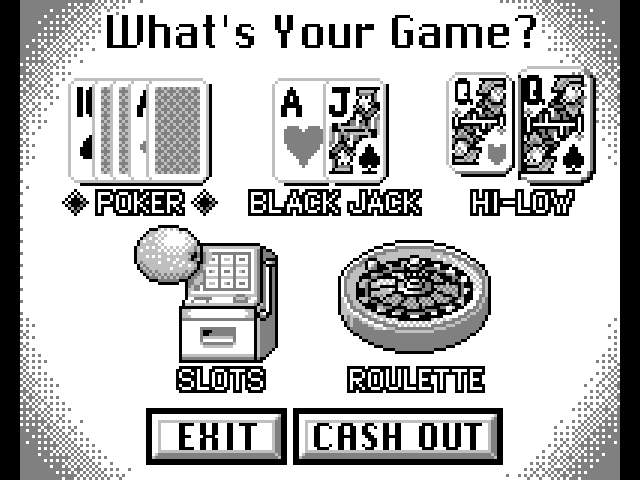
Tiger Casino allows players to try their hand at five different gambling games. Slots, roulette, and hi-low are fairly mindless, but blackjack and poker can be a little more engaging. The problem with a casino-themed games is that they seldom offer anything in the name of innovation. It’s pretty much impossible for a casino game to stand out unless it does something different, and Tiger Casino plays it safe for the most part. I will note that the production values are pretty impressive and the stylus controls were a perfect fit for the genre, however. Tiger Casino is an unspectacular game in every way, but you could do a lot worse on the game.com. At the end of the day, I’d prefer to play poker with an actual deck of cards. Betting imaginary money simply doesn’t excite me in any way, but the animated dinosaur that pops out of the slot machine on the menu screen is pretty cool I suppose. Dinosaurs are a welcome addition to any game.
7
Centipede
1999
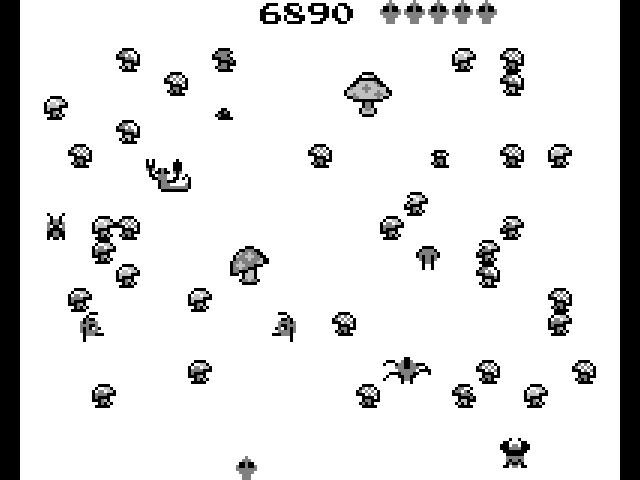
For anyone unfamiliar with Atari’s classic 1980 arcade game, the point of Centipede is to protect a garden from invading insects. While other games from the era required players to blast onslaughts of hostile aliens, Centipede provided a more grounded task of destroying spiders, scorpions, fleas and, yes, centipedes. The action is fast-paced and the game becomes pretty frantic at times, but it never feels as repetitive as something like Space Invaders since the playing field is filled with randomly-placed mushrooms and each insect has its own attack pattern. The game.com’s d-pad obviously can’t match the speed or accuracy of a trackball, but the gameplay is about as close to the arcade experience as you could hope for given the circumstances. The game.com gave players the option of using updated visuals, but I prefer the classic mode. Call me old fashioned, but I like my classic arcade ports to look and feel like the classic arcade games they were based on.
6
Williams Arcade Classics
1997
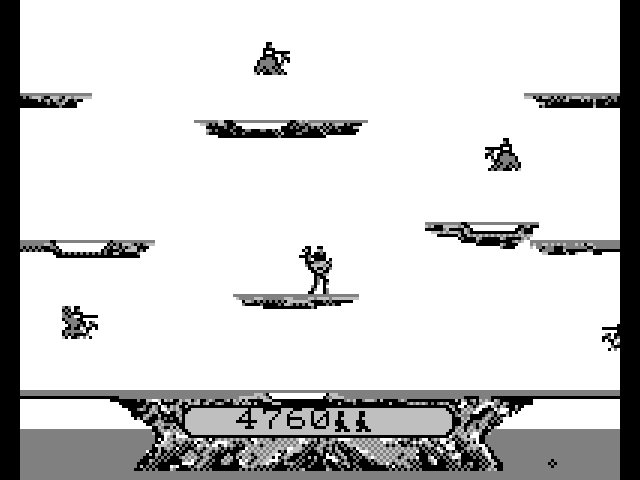
I don’t typically include compilation titles on these lists, but I decided to make an exception in this case given the slim pickings. Williams Arcade Classics is an anthology that features Defender, Defender II, Joust, Robotron: 2084, and Sinistar. The games aren’t as colorful as the arcade originals and they feel a lot slower, but they’re all easy to jump into and the compilation provides a lot more variety than what most game.com games offer. The game.com’s library was saturated with ill-conceived ports of games originally designed for 32-bit machines, but classic 1980s arcade games were a better fit for the system. Some of the games are plagued by slowdown and the small screen makes it hard to see what’s going on at times, but any of the games on this compilation could probably have made this list on its own. I’m especially fond of Joust , but there’s a lot to like about this compilation.
5
Solitaire
1997
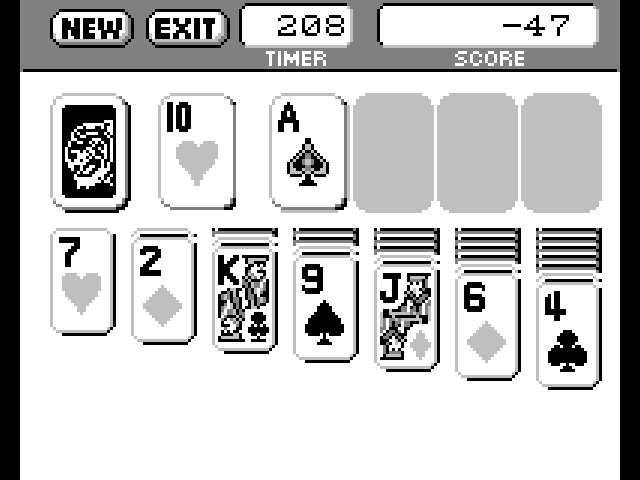
You know there’s a problem when a game like Solitaire is ranked as one of the best games on the system. The popular card game has been around for centuries, so there’s a pretty good chance that you’ve played it in one form or another. There isn’t anything inherently wrong with the game, but the game.com version simply doesn’t do anything with the concept that hasn’t been done a thousand times before. Having said that, there is a reason why it has remained relevant for so long. It’s not a bad way to pass time, and the game.com provided a way for people to play on the go. The game was even built-in to the system, so you didn’t have to go out of your way to buy it. It’s hard to complain about a free game. Solitaire lends itself well to touchscreen controls, so the game effectively highlights one of the game.com’s most important features. As someone who thoroughly enjoys playing with himself, a game like Solitaire is in my wheelhouse.
4
Frogger
1999
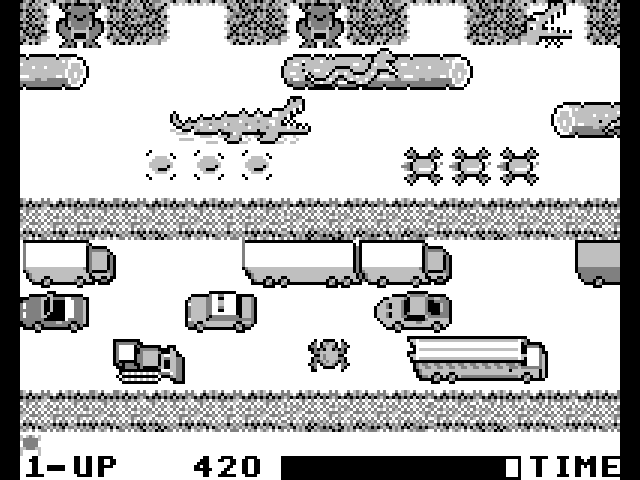
At the risk of repeating myself, classic arcade ports were well-suited to the game.com. Frogger was one of the first video games I played as a kid, and I’ve enjoyed countless versions over the years. The entire premise of the game is to guide frogs across a busy highway and a raging river while avoiding traffic and other hazards. Like Centipede, the game.com version of Frogger provides the option to play with updated graphics, but the game is still unlikely to turn any heads. The visuals are almost a moot point when it comes to Frogger, however. The simple gameplay has always been the driving force behind the game’s success. The same game mechanics that made Frogger an arcade smash in 1983 also made it an ideal game.com game 15 years later. A lot of games on the game.com were too ambitious for the platform, but the simplicity of Frogger makes it an easy game to jump into. (Pun intended.)
3
Wheel of Fortune
1997
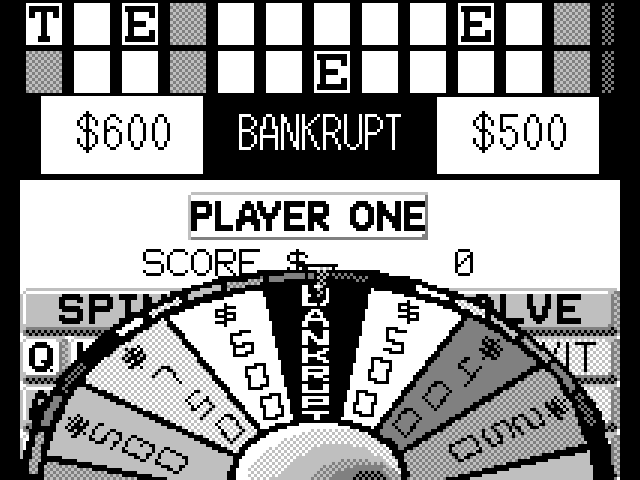
Wheel of Fortune was first aired in 1975 and has long been one of the highest-rated programs on syndicated television in the United States. For those unfamiliar with the show, the goal of the game is to guess a phrase letter-by-letter until you can solve the puzzle. Before each guess, the contestants spin a wheel to determine how much money they’ll be paid for each letter that appears in the puzzle. Contestants will lose their turn if their chosen letter isn’t in the puzzle, and they can potentially lose their money if the wheel lands on the dreaded “Bankrupt” space. It’s an easy game show to follow along with at home because of its fast-moving nature and easy-to-understand rules. If you know the alphabet, you pretty much have all the tools you need to succeed. Renditions of the game have been released on dozens of video game platforms over the years, but none of them have been especially well-received. Wheel of Fortune on the game.com isn’t necessarily a great game, but it’s reasonably fun and the virtual keyboard makes good use of the touchscreen. A sequel was also released for the game.com, but it was basically identical to the first.
2
Scrabble
1999
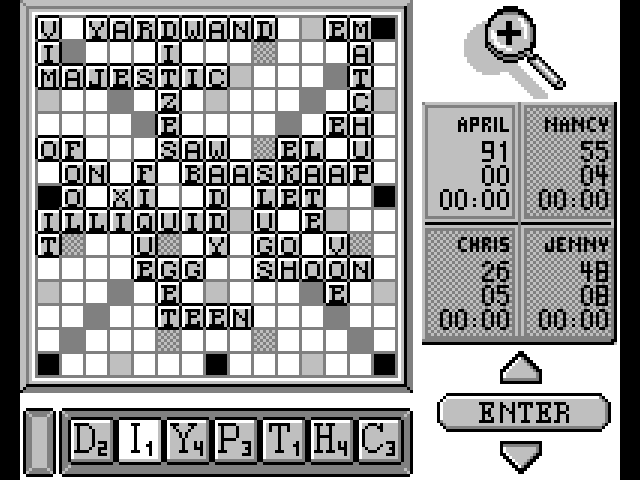
Scrabble is another one of those games that everyone has probably played at some point or another. The word game was first released in 1938, and it has been popular ever since. Studies have shown that playing Scrabble can improve critical thinking skills and increase your vocabulary, but the reason it’s mentioned here is because it’s fun. The game.com version allows players to compete head-to-head against friends or CPU-controlled opponents of different skill levels. People aren’t exactly lining up to play Scrabble on the game.com, but the CPU opponents are surprisingly sharp. I can’t imagine many people would have bought the game.com specifically for Scrabble, but it works well with touchscreen controls and its “pick up and play” nature makes it ideal for a handheld system. The production values are surprisingly slick too, and everything from the title screen to the option menus were well put together.
1
Lights Out
1997
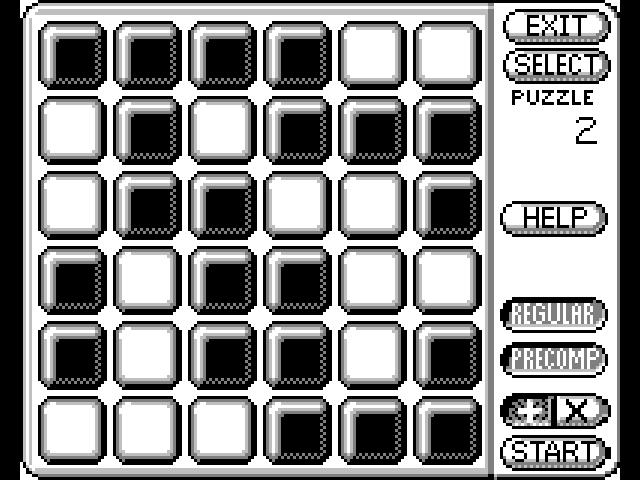
Puzzle games are a great fit for handheld systems, and Lights Out is a perfect example. The game consists of a 6×6 grid of lights that are either turned on or off by default. The goal is to turn off all of the lights, but this process is easier said than done since turning a light on or off will also toggle any lights that are adjacent to it. By turning off one light, you might inadvertently turn on four other lights. The game’s graphics could not be more basic, but at least they’re functional. I’ll take the simplistic look of Lights Out over horrifying attempts to reproduce 32-bit graphics any day of the week. The game also made great use of the touchscreen since it didn’t require a lot in the name of precision or speed. It might not have been the most exciting choice for a pack-in title, but Lights Out did a great job of highlighting the strengths of the game.com while hiding its weaknesses at the same time. Making this list might have been slightly less torturous had there been more games like Lights Out on the system.

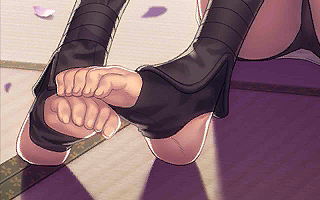
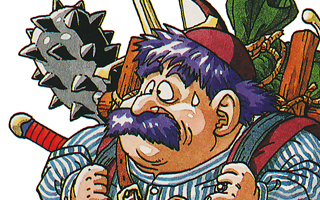
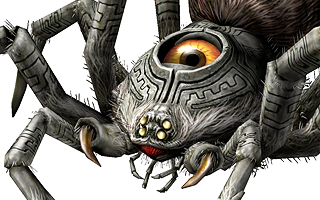
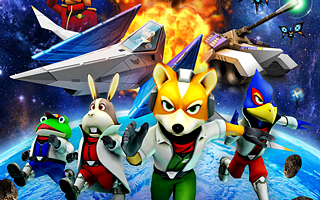
Do you agree with this list? Let us know what you think by leaving a comment below. Your opinion matters!